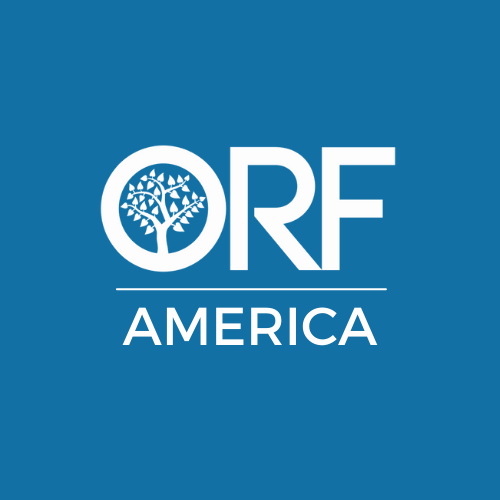The digital revolution has fundamentally transformed how average people consume news and information. What started as intimate, private social networks, such as Facebook — which initially required a .edu email address — has evolved into what we now refer to as social media, a battleground where corporations, governments, and everyday users clash over free speech, misinformation, and who has the authority to decide what we see online. In the United States, at least, regulatory frameworks remain stuck in 1996, when the Telecommunications Act was signed and social media was barely a concept. As a result, nobody's really in charge. And everyone is.
Tech companies, such as Facebook (now Meta), have found themselves caught between conflicting pressures. They need to keep users scrolling to attract advertisers, but they also face mounting pressure to moderate harmful content. Their solution had been to create elaborate governance structures — oversight boards, community guidelines, and algorithmic interventions that change with each administration. Users themselves have become both the most powerful and least powerless actors in this system. Every click, share, and comment generates data that platforms monetize. Yet users often lack the tools to verify information before sharing it. The scale of content shared daily across platforms like Meta, Twitter, and Google makes traditional content moderation approaches inadequate.
Meanwhile, the government has largely failed to keep pace with the digital revolution, choosing not to implement any meaningful national regulatory frameworks. The immunity protections of social media platforms under Section 230 of the Communications Act have created a regulatory environment that is fundamentally different from that of traditional media outlets, despite these platforms having become news sources for over half of Americans. This leaves little recourse for addressing harmful content through existing legal channels.
The Federal Communications Commission stands at a crossroads with the emerging dilemmas presented by the introduction of AI. Policymakers could explore several approaches to address this crisis. One approach is reinterpreting Section 230 to remove liability immunity from digital platforms, essentially treating them like traditional publishers. While this would create accountability, it risks stifling innovation and creating First Amendment concerns. Another approach would be to revive a "Fairness Doctrine", requiring platforms to present balanced viewpoints on controversial issues. However, this heavy-handed government intervention in content decisions would likely face constitutional challenges and could lead to increased censorship.
Perhaps the most reasonable approach in the current political climate might involve mandating middleware solutions that give users greater control and transparency over their digital experience. This approach would require social media platforms to provide software tools that help users understand the credibility of content, customize their algorithmic feeds, and make informed choices about their information diet. Imagine logging into your social media account and being able to prioritize content from verified news sources, see credibility rankings for different outlets, or simply adjust your algorithm to show more posts from friends and fewer from unknown sources. This middleware approach would be similar to nutrition labels on food, which could provide consumers with the information they need to navigate the digital landscape responsibly.
Such transparency tools would address the core problem: the concentration of algorithmic power in the hands of platform owners. By requiring companies to offer users meaningful choices about how their feeds are curated, we can restore user agency without government censorship or platform liability concerns. The middleware approach presents the fewest First Amendment complications of any regulatory option. Rather than restricting speech or compelling specific viewpoints, it simply requires transparency and user choice. Platforms would remain free to develop their algorithms as they see fit, but users would gain unprecedented visibility into how those algorithms work and meaningful options to customize their experience.
Currently, social media platforms still operate as "black boxes" to the general public. Users have no meaningful control over the algorithms that curate their feeds, no transparency into how content is prioritized or suppressed, and limited recourse when misinformation spreads rapidly through their networks. From a practical standpoint, middleware solutions can evolve in tandem with rapidly changing technology platforms. Unlike rigid content rules that quickly become obsolete, transparency requirements can adapt to new features, algorithms, and platforms as they emerge.
Katherine Salinas is Senior Program Coordinator for the Technology Policy program at ORF America.

